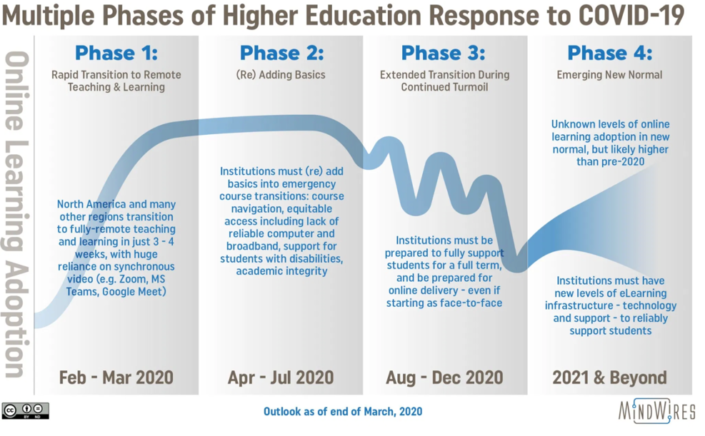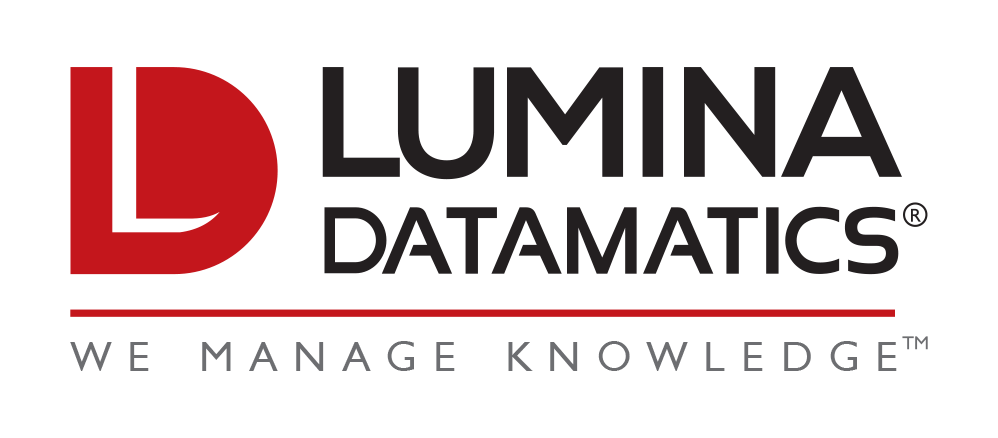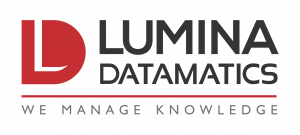NAVIGATING A SEA CHANGE
During the past decade, the emergence of a new paradigm for higher education followed a hype cycle not unlike hoverboards, Chinese Democracy, and killer bees in America: long-rumored, seemingly imminent, but never quite making it to the front door. Now, fully in the grips of a global pandemic, many colleges and universities have been ripped from a state of perpetual flirtation with online learning and thrown into a turbulent marriage with digital and distance.
In a recent article, EdTech consultant Phil Hill lays out his vision for the phases of higher ed response to the COVID-19 pandemic.

Using Hill’s outlook as a framework, we can observe that much of Higher Ed in the United States has battled through phase 1, (Rapid Transition to Remote Teaching & Learning) and is well into phase 2 ([Re] Adding the Basics). Higher Ed’s emergence from Phase 1 has been nothing short of Herculean; indeed, as Hill describes, the entire field of higher education navigated a true sea change in just 3-4 weeks. The new paradigm has arrived. What now?
MEANINGFUL, FAST, AND OPEN: DEVELOPING COURSE CONTENT WITH OER
In short, the focus of institutions across the country needs to shift from triaging delivery systems to focusing on the student experience. And one of the most important components of that experience is the content that students consume – it needs to be robust, challenging, engaging, and there needs to be a lot of it.
The fact remains, though, that course content will need to be assembled quickly, and in many cases within budgetary constraints that don’t allow for licensing or purchasing expensive resources. It’s also important to consider that successful online courses are not made entirely of text – often, a great course performs better with boosts from images, rich media, and interactivities.
With factors such as time and budget to consider, many will look to Open Educational Resources (OER) as a driver for custom course development. By now, OER is a widely-recognized (if not widely adopted) concept, but to level-set, let’s define the term a little more specifically.
According to OER Commons, “Open Educational Resources (OER) are teaching and learning materials that you may freely use and reuse at no cost, and without needing to ask permission. Unlike copyrighted resources, OER have been authored or created by an individual or organization that chooses to retain few, if any, ownership rights.” Use of these resources is often governed by a Creative Commons license, and in many cases can be edited and “remixed” by users at no cost. In addition to saving money on teaching materials, the practice of using OER is rooted in a desire for open participation, collaboration, and access to high-quality materials.
So to put it plainly – you can access OER resources, whether they be text, audio, images, or video, and use them to create your own online course, free from the red tape and costs of licensing materials. This is a strategy for the development of high-impact courses at scale that is full of potential – and potential pitfalls. Yes, with access to a wide-open ocean of content, curation is key, but it’s important to be strategic about that step. At Lumina Datamatics, we help institutions and publishers to build courses with OER, so we’re happy to share some best practices informed by what’s worked for us (and what hasn’t!).
1. LOOK BEFORE YOU LEAP
The potential for cost savings is a mission around which everyone can rally, which unfortunately means that sometimes faculty or design departments will commit to adopting an OER approach to course development before doing the research to ensure that there is enough available online content to support a robust and rigorous learning experience. For areas of study that are reasonably mature, this may not be a problem. Biology, calculus, accounting–these (and many other subjects) are well-covered in the world of OER. However, when we consider emergent fields of study–FinTech, for example–we may simply find that there are not enough publicly available resources around which to build a quality course.
At Lumina, we’ve found that performing an initial, high-level curation of Open Educational Resources in the early planning stages of a course can prevent substantial heartache down the road. Task a subject-matter expert (this could be a faculty member or an outside contractor) with performing an audit of the available resources. Organize those resources according to type (are they textbooks, images, videos, blogs, podcasts?) and overlay them with the learning objectives of the course. Are there gaps? If so, the next step should be to make a plan for filling those gaps. Is there a particular resource that you most prefer? If so, perhaps you can lean more heavily on that resource and use it to establish a sequence for the course. But we’re getting ahead of ourselves!
2. CUSTOMIZE YOUR CONTENT
Your subject-matter expert has found that ample resources exist to build a dynamic, engaging course. Each individual resource is determined to be of the highest quality, but when these various resources are combined, the resulting educational experience can be uneven. In certain cases, it can even provide the student with conflicting information. But fear not! One of the beautiful things about a Creative Commons license is the ability of the user to customize the course materials into a cohesive package.
As a general rule of thumb, the more work you put into customizing the course, the better the overall student experience will become. Without customization, there is a high probability that the instructional content in your course will use divergent terminology and keywords, and will provide instruction with varying levels of difficulty, utilizing a range of different tones. The resulting experience can be quite disorienting for a student. Additionally, it’s possible that you’ll have all sorts of misalignment between the educational instruction and the assessments used to track student learning.
We can’t overstate the importance of deploying well-qualified Instructional Designers with experience in both OER integration and assessment development to review the course for consistency in content, tone, and rigor. This intervention will ensure a more seamless learning experience, not to mention one in which the student can feel confident that they’ve been adequately prepared for the assessment.
3. MAKE IT YOUR OWN
We mean this one quite literally. The relative instability of online Open Educational Resources is enough to make any faculty member (or Instructional Designer, or Instructional Technologist, or Student, for that matter) break into a cold sweat: the possibility that a critical resource could just disappear when it’s most needed. Murphy’s Law applies here: the web resource you need will most likely crash at the moment it’s most needed.
Thankfully, there are ways to mitigate these inevitable disappearing acts. A Creative Commons license will usually allow for that resource to be downloaded, modified, and re-hosted on a platform of your choice. Ideally, this platform will be one with which the course administrator is well familiar. If a resource encounters a problem on your own platform, you can’t afford to wait a week (or more!) for IT or an outside vendor to fix it.
4. UNDERSTAND STUDENT EXPECTATIONS
At this moment, students at major universities across the country are protesting, threatening to withhold tuition payments, and demanding refunds from their university systems. The reason? The online courses in which they’ve been enrolled as a result of the global pandemic are perceived to be providing a less rigorous educational experience than that which they were receiving in a classroom. Online Learning has come a long way since it was first embraced by the higher-ed community, but to many, online courses still carry a reputation as lacking the sort of intellectual rigor and open discussion that one associates with quality higher-education. Understanding this reputation means understanding that online courses must go the extra mile to assure students that the education they are being provided is not a “Plan B.”
This is doubly true for OER-based online courses. Let’s call this “Good Will Hunting” problem: Your students have library cards, they have YouTube, and they probably have an intimate understanding of how to track down information on the internet. So what do they need you for? Providing them with access to high-quality and thoroughly vetted content alone isn’t going to provide a comparable academic experience in the mind of a student, to that of a classroom discussion.
We strongly advocate the need to create original instruction, written by subject-matter experts and instructional designers, to provide students with context, interpretation, and additional insight for every piece of curated content that is assigned to them. It’s important to ask “what value are we adding to this curated material? What insight or unique perspective can we provide the student that isn’t available online, or in a similar course?”
5. OER WAY OR THE HIGHWAY?
And now, we end our list of best practices where we began–with the problem of an overly zealous commitment to OER for the sake of OER. As we’ve discussed in several of the points above, OER is a wonderful option for rapid and robust course development, but its success depends on a thoughtful, strategic approach. When curating resources, attempting to customize them, or attempting to maintain them, you may find that there are just too many gaps in your course content to be filled by available OER alone.
Overall, we at Lumina have found that the best approach to OER course development is a hybrid of curation and creation. That is, we do our best to survey the field to find suitable resources, adapt them as necessary, and where customization isn’t enough, we create our own resources. Where budgets and schedules allow, custom creation of learning content is the perfect complement to OER. It allows for greater control (the assets don’t ride into the sunset unless you say so), and you can even contribute to the body of OER in a particular field of study, creating assets that others can use in the future to develop their own courses.
THE FUTURE IS NOW
For years, even as overall college enrollment figured declined, distance learning maintained a slow and steady increase as a percentage of the overall student population. This supported a broad consensus that online learning would play a much larger role in the future of higher education. In February of 2020, the future arrived.
In May, The California State University system was the first major higher ed system to announce that it would be switching to an entirely online model for the fall semester, effectively placing half a million students, teachers, and staff into the world of online learning. A recent survey of CSU students found that while most plan to continue their education, nearly 40% are waiting to make a decision on whether to defer enrollment until they are able to see what plans the university is putting into place to ensure the academic experience is not shortchanged.
Many budget-constrained university systems across America will find themselves in this same situation. Their ability to create online courses that equal the academic experience of a classroom will be both an existential challenge, and an opportunity to set themselves apart as a leader in the new era of higher education.
Sources:





0 Comments